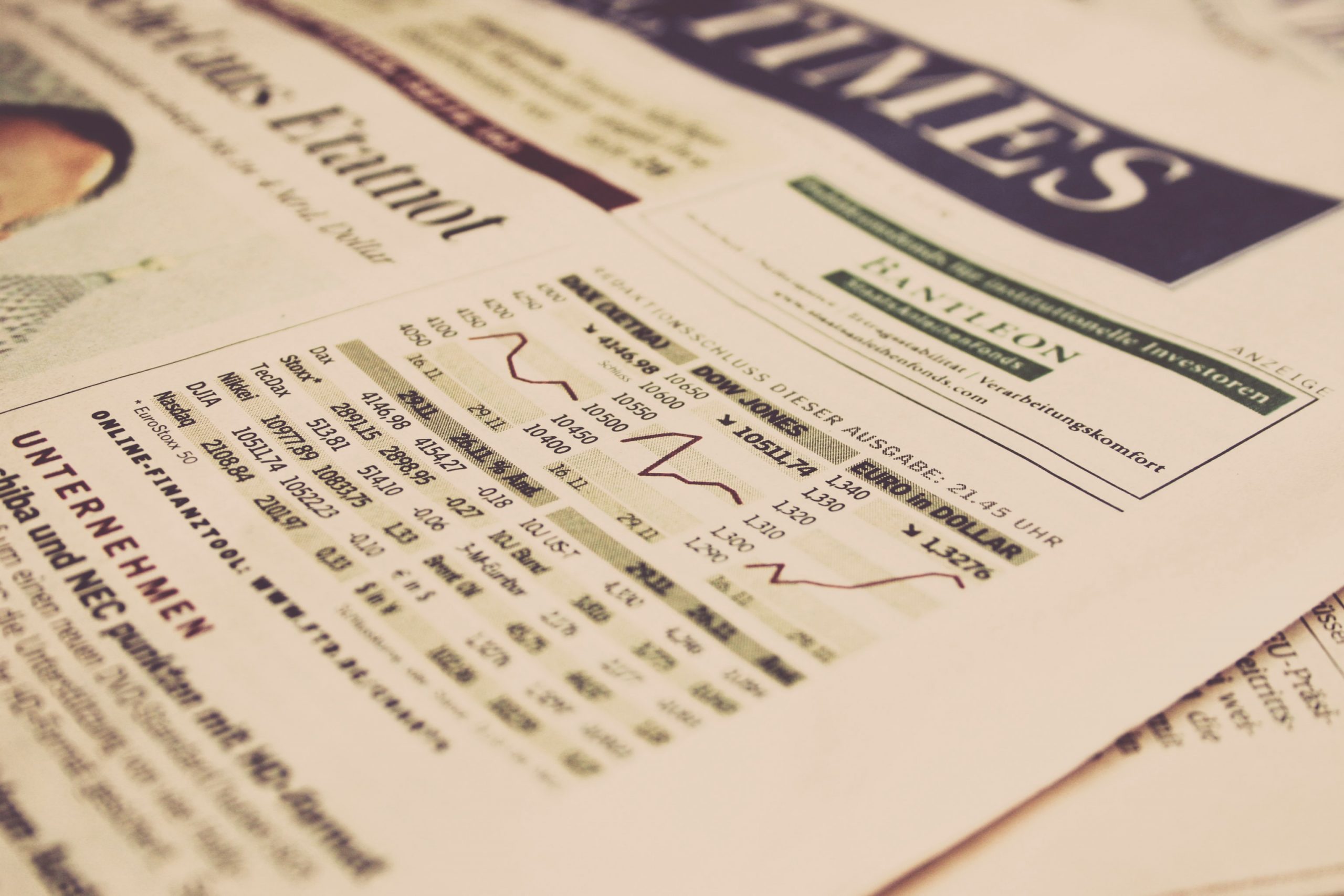
23 Apr COVID-19: What if disruption is the ‘next normal’?
WHAT MIGHT THE ‘NEXT NORMAL’ LOOK LIKE FOR AEC FIRMS?
It’s safe to say that disruption will be a big part of our ‘next normal’ in the architecture, engineering and design world for some time.
We’re starting to get signals from leading indicators – such as those produced by the American Institute of Architects – that suggest the size of the economic shock generated by COVID-19 will be very large indeed. And their gauges of market sentiment hint that the shock will take years to work its way through the system, producing substantial reductions in project pipelines as it goes.
LESSONS LEARNED FROM PREVIOUS ECONOMIC EVENTS
Our team has been thinking about parallels to previous economic changes, and what we learned from those crises. After each one, there were large and small shifts in the way AEC businesses worked and what they did. Some were prompted by market changes and others were the result of leaders thinking hard about the future of their companies. We believe that there are some lessons from 2008 that are helpful now. In our experience, the firms that did great after the financial collapse got three things right. One isn’t surprising, but the other two may be.
CONSERVE. CONFRONT. CHANGE.
First, winning firms moved to conserve. They weren’t afraid to make assertive decisions to conserve their core, investing in their culture, their essential people, and their key service offerings. Some made deep sacrifices early on. That enabled them to safeguard profitability and gave them resources to invest in a different future.
Second, they understood that the environment was changing. They didn’t hesitate to confront tough questions that had been unaddressed in good times. Did they actually have the right people at the leadership table? What wasn’t working about their practice? How could they ensure they were offering the right services? How could they improve productivity and profitability?
Finally, they weren’t afraid to make change. They used that disruptive period to remake their practices. Some restructured to increase productivity and their overall skills base. Some focused on sharpening their brands and building new client bases. Others added new services or began to acquire.
While there are no easy answers, we think that the lessons of 2008 offer valuable clues to forward-thinking leaders about how to work out their recovery roadmap.
Written by Rowley Mossop, Principal
April 23, 2020


